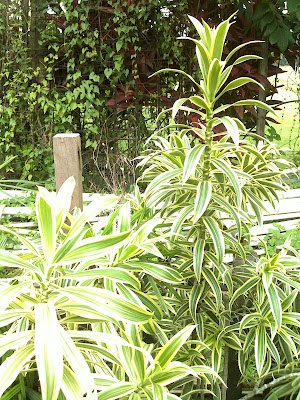FRUIT AND VEGETABLES SEEDLINGS
Rather than going to the market to buy your fruits and vegetables, how about growing them yourself? Here are some easy to grow and low maintainance plants that may just be the pot that your kitchen is lacking!
Binjal or eggplant
Botantical family: Solanaceae
A most common vegetable/fruit that is commonly found in curry. As a plant, it is quite short as it grows 40 to 150 cm tall, with large coarsely lobed leaves that are 10 to 20 cm long and 5 to 10 cm wide. The flowers are white to purple. It is easy to grow as well!
Chilli
For those living in Singapore, this is one spice that we cannot do without! Chilli sauce on fries? Chilli crab? Should there be no chilli, there is no telling what our favourite dishes will come. Therefore, it is high time to grow some!

Dichorisandra thrysiflora
Better known as: Blue Ginger
Botanical family: Commelinaceae
Despite its popular name, this particular plant do not belong to the giner but to the spiderwort family. A cucculent, herbaceous plant native to tropical America, it has cane-like stalks around 1.5m in height that grow from underground stmes, spirally arranged leaves that are dark green with silver markings and large terminal clusters of flowers that are dark blue-mauve, a rare colour in tropical gardens.
Used in Indonesian dishes as well as braised duck, this is one spice that mothers cannot do without.





















